Understanding Investment Loan Structures
As a pharmacy assistant considering your first investment property, understanding different investment loan structures is crucial for building a successful property investment portfolio. Finance & mortgage brokers can access investment loan options from banks and lenders across Australia, helping you find the most suitable structure for your financial situation.
Investment loan structures differ significantly from standard home loans, with specific features designed for buying a rental property. The application process requires careful consideration of your borrowing capacity, current financial position, and long-term property investment strategy.
Principal and Interest vs Interest-Only Loans
When applying for an investment loan, you'll typically choose between two main repayment structures:
Principal and Interest Loans:
- Monthly repayments include both loan principal and interest components
- Gradually reduces the loan amount over time
- Generally offers lower interest rates compared to interest-only options
- Builds equity in your investment property faster
Interest-Only Loans:
- Monthly repayments cover only the interest portion
- Lower monthly repayments during the interest-only period
- Typically available for 1-5 years before reverting to principal and interest
- Popular for negative gearing strategies
- May have slightly higher interest rates
Fixed vs Variable Interest Rate Options
Your investment loan application will require choosing between fixed interest rate and variable interest rate structures:
Variable Interest Rates:
- Fluctuate with market conditions and lender policy changes
- May benefit from interest rate discounts during promotional periods
- Offer flexibility for additional repayments without penalties
- Allow access to offset accounts and redraw facilities
Fixed Interest Rates:
- Remain constant for the fixed period (typically 1-5 years)
- Provide certainty for calculating investment loan repayments
- Protect against rising interest rates
- Generally offer fewer loan features during the fixed period
Loan to Value Ratio Considerations
The loan to value ratio (LVR) significantly impacts your investment loan structure and overall borrowing costs. Most lenders require:
- Maximum 80% LVR to avoid lenders mortgage insurance (LMI)
- Higher deposit requirements compared to owner-occupier loans
- Additional security if purchasing apartment or townhouse properties
- Stricter serviceability criteria for stand alone dwelling investments
LMI becomes applicable when your LVR exceeds 80%, adding to your overall investment costs. However, some lenders offer investment loan options with higher LVRs for qualified borrowers.
Portfolio Lending Structures
As you expand beyond your first investment property, portfolio lending structures become relevant. These arrangements allow you to:
- Consolidate multiple investment properties under one lending relationship
- Access streamlined application processes for subsequent purchases
- Potentially secure better interest rates across your portfolio
- Utilise cross-collateralisation strategies where appropriate
Serviceability and Application Requirements
The investment loan application requires comprehensive documentation, including:
- Recent bank statements demonstrating savings capacity
- Employment verification and income documentation
- Details of your research property and expected rental yield
- Existing debt and commitment information
- Evidence of genuine savings for the deposit
Lenders assess your ability to service loan repayments based on rental income (typically calculated at 75-80% of market rent) plus your employment income.
Tax Implications and Structure Benefits
Investment loan structures directly impact your tax position, particularly regarding negative gearing opportunities. Consider:
- Interest payments are generally tax-deductible against rental income
- Loan structure affects depreciation claims and capital gains treatment
- The importance of maintaining separate accounts for investment expenses
- Professional advice regarding optimal ownership structures
Additional Costs to Consider
When structuring your investment loan, factor in additional costs including:
- Stamp duty on the property purchase
- Legal and conveyancing fees
- Building and pest inspections
- Property management costs if using an agent
- Insurance requirements specific to rental properties
- Ongoing maintenance and vacancy provisions
Choosing the Right Lender
Different lenders offer varying investment loan options, with some specialising in investor lending. Key considerations include:
- Investment loan interest rates and comparison rates
- Available loan features and flexibility
- Portfolio lending capabilities
- Serviceability assessment methods
- Approval timeframes and settlement requirements
Working with experienced finance & mortgage brokers ensures access to comprehensive lender panels and professional guidance throughout the property investment process.
Building a successful investment property portfolio requires careful planning and appropriate loan structures. Whether you're buying an investment property as a pharmacy assistant or expanding an existing portfolio, professional mortgage broking services can help you access suitable investment loan options and structure your borrowing optimally.
Call one of our team or book an appointment at a time that works for you to discuss your investment loan requirements and explore the most appropriate structure for your property investment goals.



